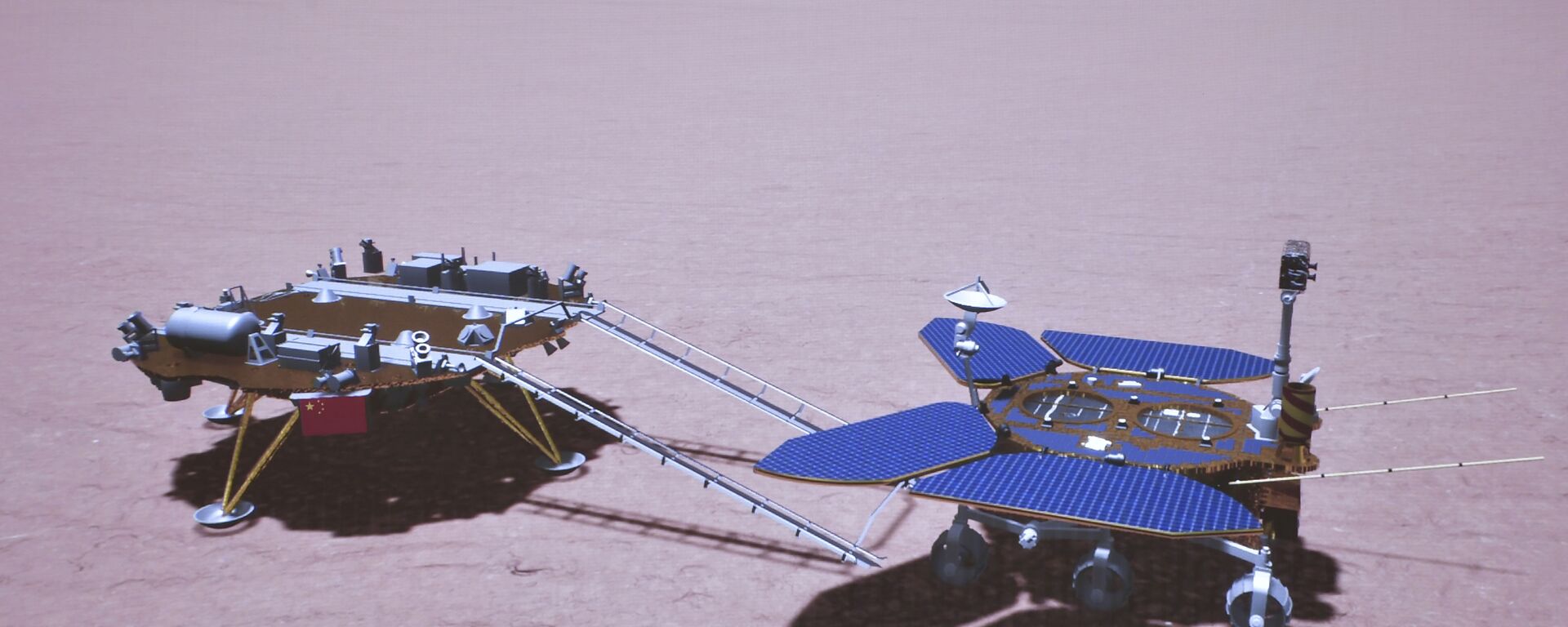Elon Musk may not be alone in his desire to establish a human presence on Mars; it seems that China is also seeking to get a manned mission to and from the Red Planet, and potentially gain a foothold there.
According to space.com, Wang Xiaojing, president of the China Academy of Launch Vehicle Technology (CALT), told the Global Space Exploration conference in St. Petersburg, Russia, that China’s plans for Mars go far beyond the sample return mission which is expected to launch in 2029.
The future unmanned missions to Mars are reportedly intended to pave the way for the construction of an orbital outpost and then a surface base, with the final stage of the plan involving the creation of "a so-called 'econosphere,' facilitated by a large-scale Earth-to-Mars fleet, large-scale development, and the utilisation of resources," as the media outlet puts it.
While the unmanned phase of China’s Mars exploration would apparently rely on chemical rockets, the spacecraft for transfer between Earth and Mars, which would be built in orbit, would employ nuclear electric and nuclear thermal propulsion.
The cargo would be flown to Mars and landed on it separately, while a Mars descent and ascent vehicle would be used to transfer crewmembers to and from the planet’s surface.
The aforementioned "econosphere" would reportedly involve the development of "reusable fleets of spacecraft" and "propellant depots" that would allow for refuelling in Mars orbit.
The media outlet points out, however, that this ambitious plan is currently at a "very early stage" and "does not consider the challenges of sending humans on long journeys through deep space, including radiation and the effects of microgravity," with other Chinese space institutes apparently being expected to tackle these issues.
It is also unclear when exactly China is going to attempt a manned missions to Mars, though it would likely happen after their planned manned missions to the Moon, which are expected to take place in the 2030s.




